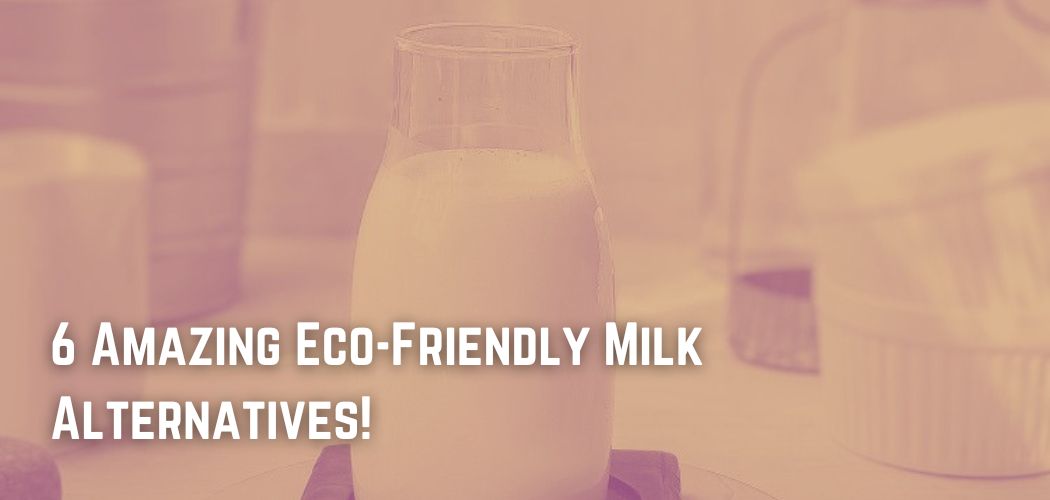You’ve given up dairy, but you’re unsure which of these colorful cartons is the most environmentally friendly milk substitute.
It’s a valid concern, especially as new plant-based milk varieties emerge, each with a distinct flavor and nutritional profile. But what about their effect on us and the planet? The average plant-based milk is significantly more sustainable than dairy milk.
A 2018 study by some experts concluded that a glass of dairy milk generates three times more greenhouse gasses and requires up to nine times as much land as a glass of plant-based milk. By avoiding milk, you have already done the world a great service.
Oat Milk
Oatly, a Swedish company that has been producing oat milk for over 30 years, is now the most popular alternative. Grain Millers is the company’s supplier for Canadian oats in the United States.
Blending whole oat groats with water and a mixture of natural enzymes is part of the Oatly method.
The enzyme breaks down the oats into liquid components, and Oatly removes the insoluble fiber while retaining the heart-healthy beta-glucans (a form of soluble fiber).
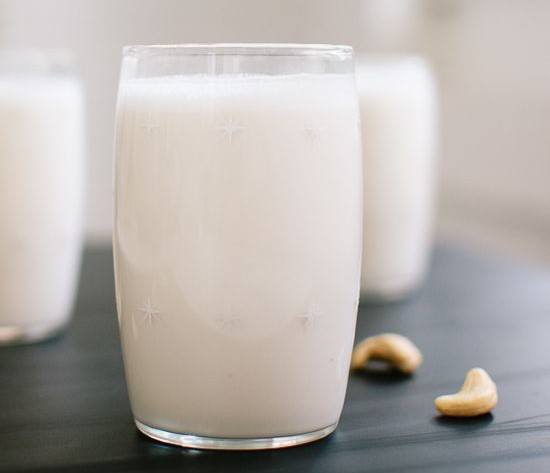
Other businesses use a mechanical separation method, including mixing and straining.
A life cycle assessment (LCA) done by Oatly in Sweden shows that their oat milk production uses 60% less energy and releases 80% less greenhouse gases than the production of cow’s milk.
The data used for cow’s milk came from Canadian dairy farmers and was found in the Ecoinvent database.
The possible environmental advantages of organic and/or grass-fed dairy systems are not taken into consideration. The study also determined that it consumes around 80 percent less land. Oats are frequently the least water-intensive dairy plant.
Nutritionally, oat milk is often far more nutrient-dense than almond milk but less nutrient-dense than soy, pea, or hemp milk (but that varies depending on the brand).
A recent investigation revealed that oats are frequently contaminated with hazardous quantities of glyphosate because farmers apply Roundup to the grain just before harvest.
Oatly, for example, does not use organic oats in the United States, but its supplier says it prohibits the use of glyphosate by producers.
Hazelnut Milk
The benign hazelnut, a chocolate lover’s dream, is on the rise. Hazelnuts, like other nuts, grow on trees, and all trees and plants, in fact, utilize sunshine for energy.
Photosynthesis! Since hazelnuts are pollinated by the wind instead of bees, they are better for the environment than almonds. Hazelnuts come from wetter areas, like the Pacific Northwest, where there is more water than in California, which is very dry.
Coconut Milk
Coconut has a reputation for being exotic and healthful, but in the Philippines, Indonesia, and India, where pickers are sometimes paid less than a dollar per day, the palm groves are hardly a paradise.
Because coconut trees can only grow in tropical areas, the pressure to meet global demand is causing workers to be exploited and rainforests to be destroyed.
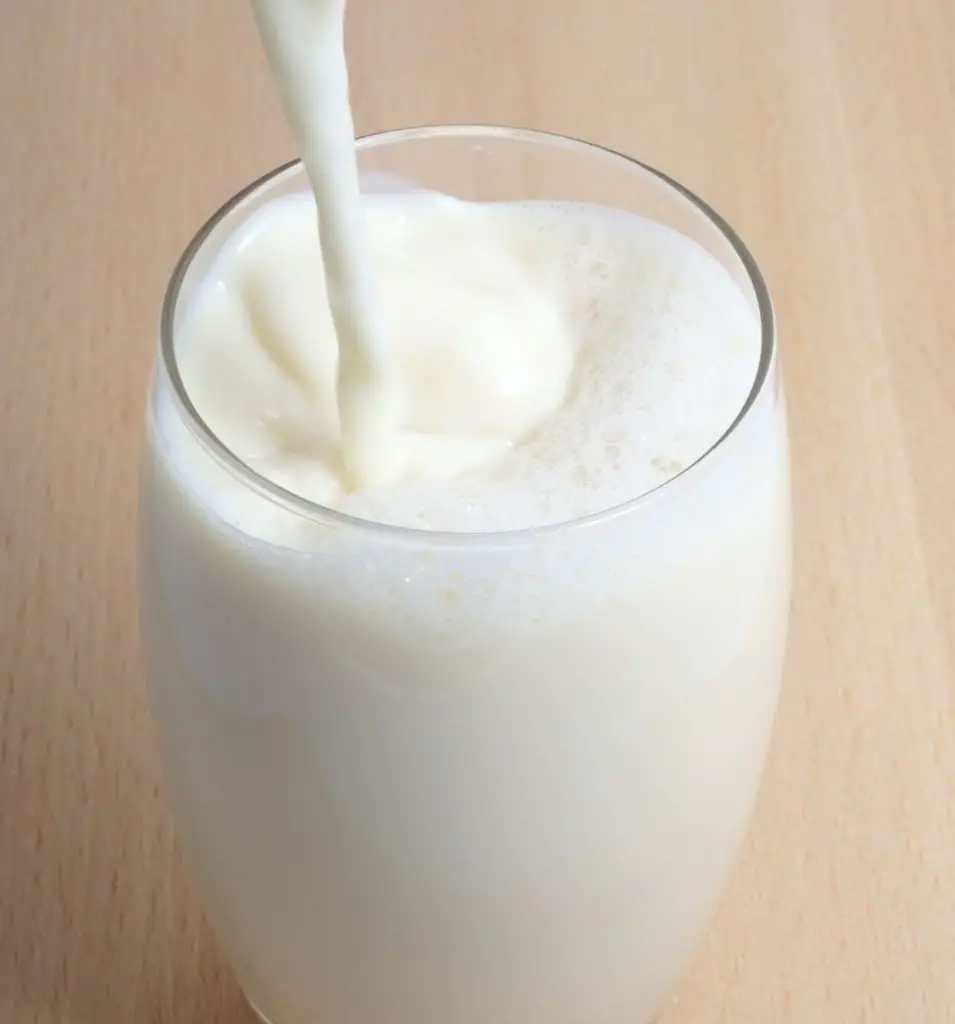
“Coconut is an awful tragedy, and it makes me very sad,” said Isaac Emery, a specialist on food sustainability.
People enjoy cooking with coconut milk, but some of them don’t feel good about purchasing coconut products. Farmers in Indonesia should be planting food to feed their own families, not to satisfy worldwide demand.
To avoid supporting unsustainable methods, purchase Fair Trade-certified coconut goods.
Pea milk
Peas are indigenous to locations that receive a substantial amount of precipitation; thus, they require less water to flourish.
In addition, pea crops typically require little irrigation and are rotated by farmers. This aids in the organic fixation of nitrogen in the soil and reduces the need for fertilizer.
Moreover, unlike soybeans, peas are not presently genetically engineered for herbicide resistance. According to the business Ripple, its pea milk produces 86% fewer greenhouse gas emissions than almond milk.
Soy Milk
One may claim that soy milk was the first plant-based milk. It has been around longer than other alternatives and is more popular because of a flavor, texture, and nutritional profile that are most comparable to those of cow’s milk.
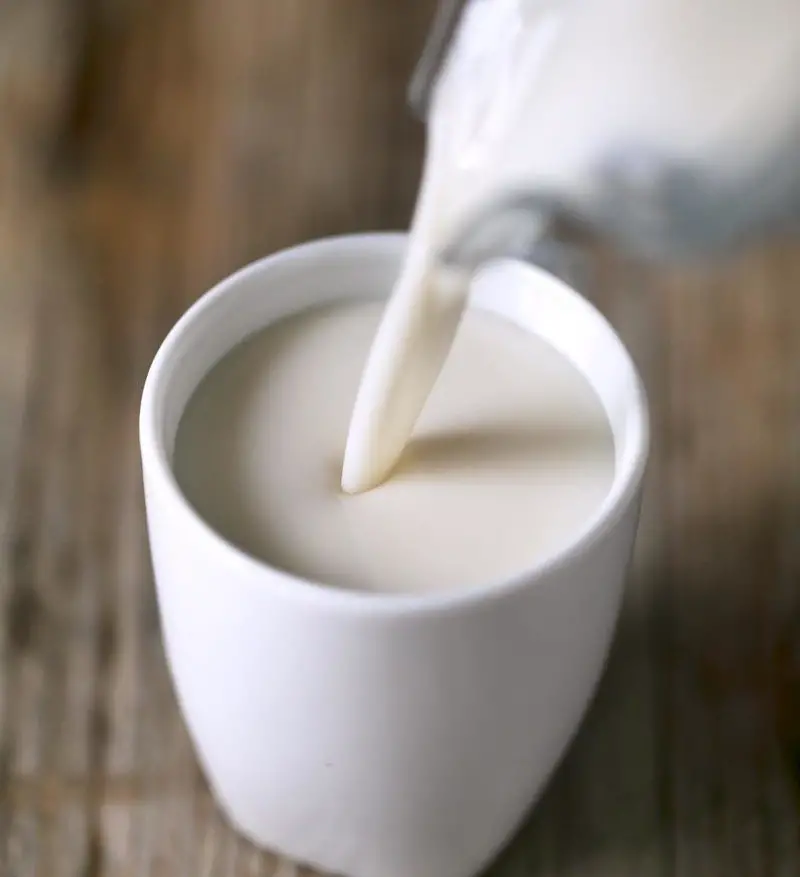
Soybeans come from Asia, but they are now grown all over the world, with a lot of fields in the Midwest of the United States. Most of these fields are used to make animal feed.
To make soy milk, the beans are usually crushed, the insoluble fiber is taken out, and then other ingredients, such as vitamins, are added.
Pistachio Milk
Pistachio milk is a latecomer to the party, but right now it’s getting a lot of attention.
Because the rich, small nuts provide a convincing milk-like flow that is a nice complement to your coffee and froths up like genuine cream when creating a latte, they are a popular alternative to milk. Tache and Elmhurst both produce pistachio milk.
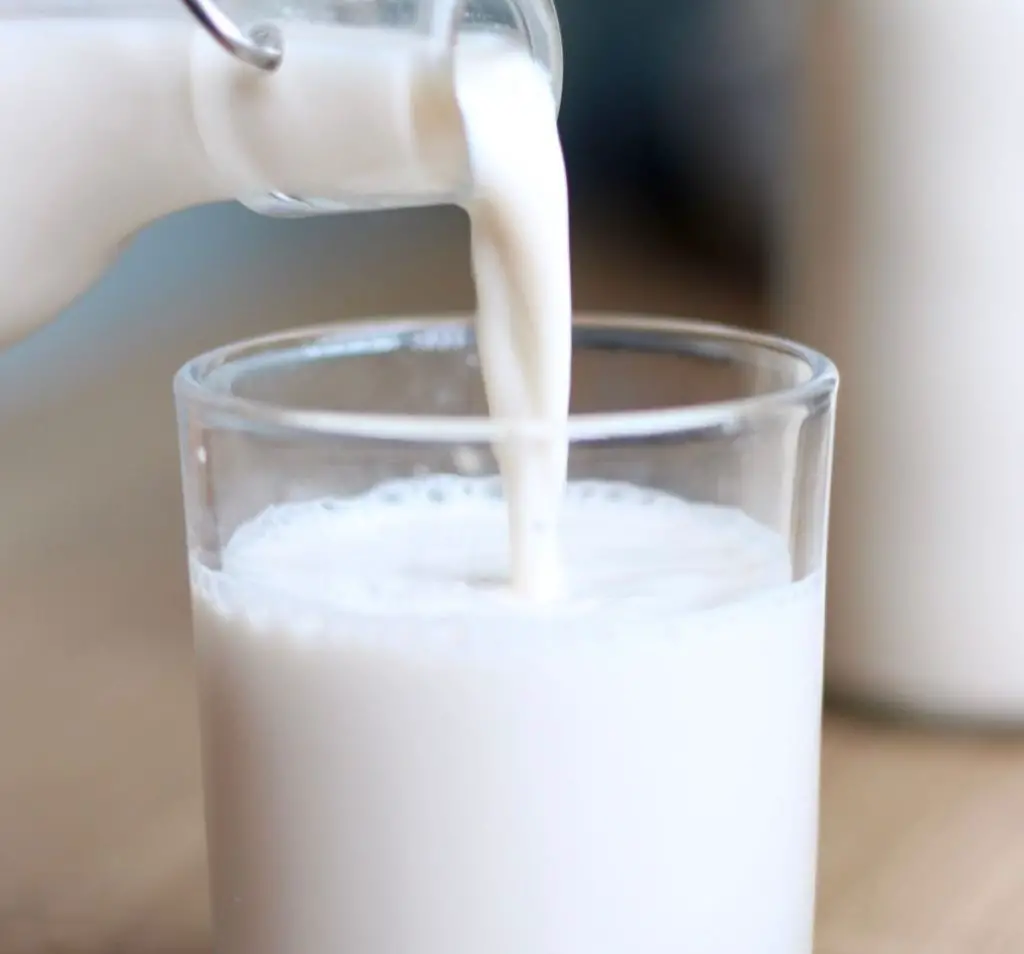
As for health, pistachios are popular not only because they are rich in protein and fiber but also because they contain micronutrients and must-have essential vitamins and minerals, such as calcium and zinc, making the 92 calories in a cup of this nut milk well worth it.
If you are picking your plant-based milk based only on its environmental friendliness, you should know that pistachios use half as much water as almonds and are on par with oats as ecologically benign crops.
Conclusion
Plant-based milks, according to research, have a significantly lower environmental impact than dairy milk. However, they are not entirely without consequence.
Until more research is done, the most important factor in choosing the most environmentally friendly option may be what is most important to you.
Different types of plant milk have different effects on water use, land use, and greenhouse gas emissions.
Almonds look to demand the most water, oats are particularly land-intensive, and rice generates excessive greenhouse emissions, according to current statistics. Consider trying coconut, hemp, or pea milks as alternatives.
In the meanwhile, you may reduce your influence on the environment by selecting plant milks packed in recyclable materials and by purchasing organic produce wherever it is available.
You may even create plant milk at home to have greater control over its production.
